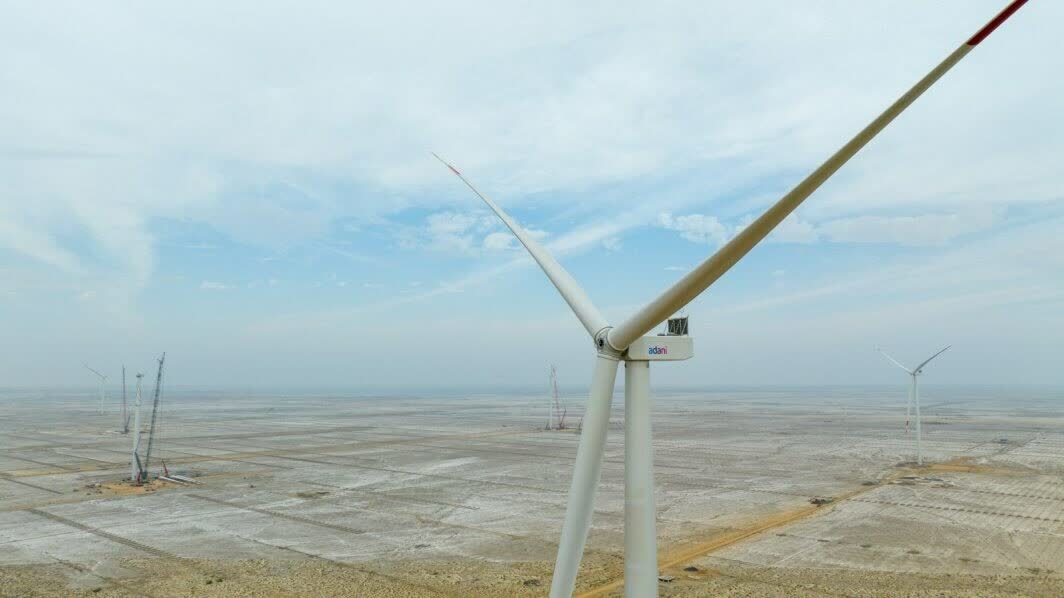Why it matters: Deep in the scorching salt deserts of western India, a green energy gambit is taking shape that could rewrite the renewable playbook. We’re talking mind-boggling scale – a clean power plant so colossal it’ll be visible from space and dwarf the land area of Paris five times over.
At the helm of this $20 billion endeavor is Pranav Adani, the 30-year-old executive director of Adani Green Energy Limited (AGEL) and nephew of billionaire industrialist Gautam Adani. His namesake Adani Group struck it rich moving coal but is now seemingly moving hard into sustainable energy sources.
There’s an unmistakable irony that one of the world’s largest clean energy plants is being spearheaded by a business empire that made its fortune dealing in fossil fuels. The Adani Group built Gautam Adani’s $100 billion net worth by becoming India’s biggest coal importer and a leading miner of the polluting rock. Yet now, the same conglomerate is staking its future on sustainables through this unprecedented solar and wind installation.
The Khavda Renewable Energy Park, as it’s called, will cover over 200 square miles of Gujarat’s barren landscape when completed in 2029. AGEL claims it’ll be the biggest power plant on Earth regardless of energy source, cranking out enough juice to keep 16 million Indian homes switched on.

Why such a gargantuan green push? According to Adani in comments to CNN, “There is no choice for India but to start doing things at a previously unimagined size and scale.” He’s not exaggerating – official estimates predict India’s energy appetite could eclipse every other nation over the next 30 years as its economy balloons.
The project’s success is crucial for India to curb emissions while satisfying its population’s exploding power needs. Currently, the world’s second most populous country still leans heavily on dirty coal for 70% of its electricity generation. But the Modi government is targeting an ambitious 50% renewable energy mix by 2030 as part of its net zero by 2070 pledge.
Cranking up clean capacity at lightspeed is the only way to meet that goal and stay ahead of soaring demand fueled by rising incomes and scorching heatwaves driving residential AC adoption. By 2050, the International Energy Agency warns Indian air conditioning alone could guzzle more electricity than the entire continent of Africa consumes today.
That’s where behemoth projects like Khavda come in. Despite recent turmoil after a US short-seller Hindenburg Research accused Adani Group of “decades of fraud” in January 2023, the conglomerate plans to double down with $100 billion in energy transition investments this decade, 70% aimed at renewables.
Executing grand green visions on this scale in one of the planet’s hottest, most barren environments is no easy feat. But the Khavda site’s arid, uninhabited terrain spanning over 15 miles from the volatile India-Pakistan border could be a blessing, according to AGEL. They claim the clear, flat land faces minimal obstructions for development.




















